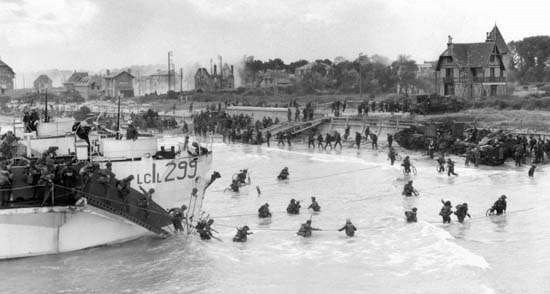Photo: 050618_juno_beachCutline:
World leaders will descend on the spot where, on June 6, 1944, 14,000 young Canadian volunteer soldiers secured a foothold on the beaches of Normandy in France, an event many mark as the moment when the tide of the Second World War really changed.
Next year marks the 75th anniversary of the Allied D-Day invasion, and the Juno Beach Centre will be documenting the memories of the few veterans who still survive, and are looking to present their stories to the world.
Opened in 2003, The Juno Beach Centre is the Canadian Second World War museum and cultural centre located in Normandy, France. It honours the 45,000 Canadians who lost their lives during the war, 5,500 of whom died during the Battle of Normandy, while 359 were killed on D-Day.
"When you listen to their stories and hear them recount their efforts, you are struck by the words they use that pay no tribute to the effort and heroism they displayed," said a news release from the Juno Beach Centre.
"We are looking for fellow Canadians and Corporations that will allow us, for possibly the last time, to bring these veterans back to the place where they fought for our freedom."
The Centre has started a GoFundMe page to help bring veterans to where the Canadian volunteers performed a heroic feat that bested enemy troops and drove deeper into France than any of Canada's allies that day.
You can find the GoFundMe page here to donate and help bring the stories of these veterans to the world.
The Juno Beach Centre, in Normandy France, is two things: It is the only museum outside of Canada which documents the contribution of Canada to the Second World War. It is also the only museum to exist on the very beach, Juno, where history was made by the effort of young Canadians acting for the greater good of mankind.
The largest seaborne invasion in history, on June 6, 1944, thousands of Allied troops stormed the beaches of Normandy, France, in a massive push to drive the Germany army back across Europe.
Officially codenamed Operation Neptune, but more commonly referred to as D-Day, preparations for the 1994 invasion began in 1943. Some 24,000 Canadian, British and U.S. troops took part.
